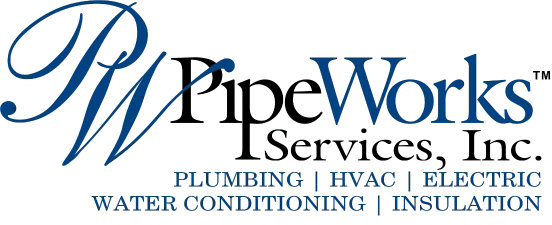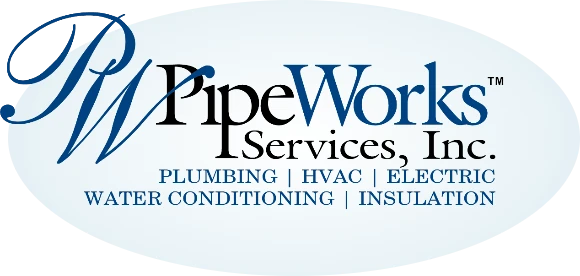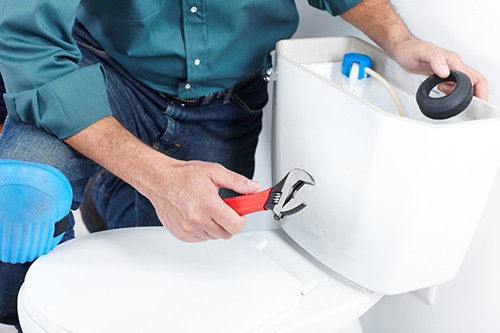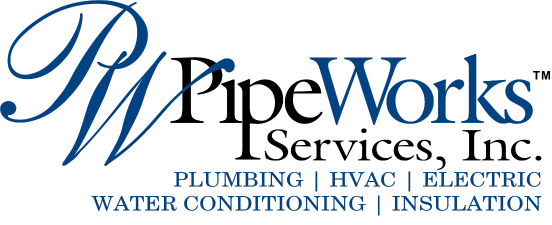Expert toilet plumbing services in Chatham, Madison, & Northern and Central NJ
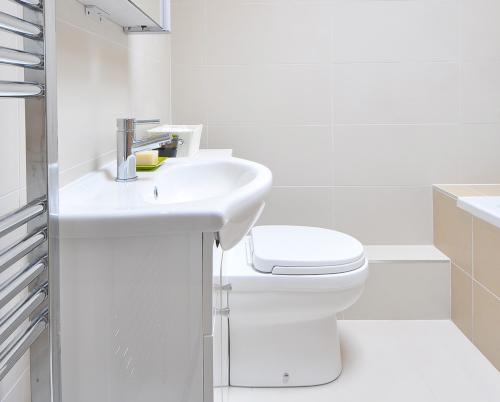 Outdated toilets look nasty, wastewater, and consistently underperform. As your local toilet expert, Pipe Works Services can assess your current system and recommend whether you need something more efficient. After you purchase a new toilet, we can professionally install it!
Outdated toilets look nasty, wastewater, and consistently underperform. As your local toilet expert, Pipe Works Services can assess your current system and recommend whether you need something more efficient. After you purchase a new toilet, we can professionally install it!
Our new toilet installations are quick and worry-free. We proudly serve New Jersey, including Chatham, Madison, Summit, and Northern and Central NJ – schedule a free estimate to learn more!
An old toilet & your home
Just because toilets are durable fixtures does not mean they last forever. Keeping a toilet past its prime can cause much more harm than good.
At Pipe Works Services, we want to show you that installing a new toilet can be energy efficient and improve your home overall!
- Toilet leaks: Toilet bowl or tank leaks can go undetected for some time. If left unchecked, continued water exposure can ruin floors, cause damage to surrounding rooms, and encourage mold growth. So, if you want to cut home repair costs, replacing an outdated, cracked toilet could save you money in the long run.
- Appearance: Older toilets usually do not match the scheme of modern bathrooms. So, whether your toilet looks nasty or is an odd color, a new toilet could make a difference in transforming the look of your bathroom.
- Performance: Older toilets often experience many issues that impact overall comfort and performance. With broken or out-of-date components, such as flush handles or interior mechanisms, replacing these items could cost you more than what the toilet is worth. Also, older toilets are often shorter and created with narrow seats. Make sure your new toilet is perfect for you and your family!
- Energy-efficiency: Did you know that your outdated toilet could be costing you more than your patience? Toilets manufactured in the 1980s use up to 7 gallons of water per flush. This is because federal guidelines were not imposed until the 1990s, which require modern toilets not to exceed 1.6 gallons per flush.
